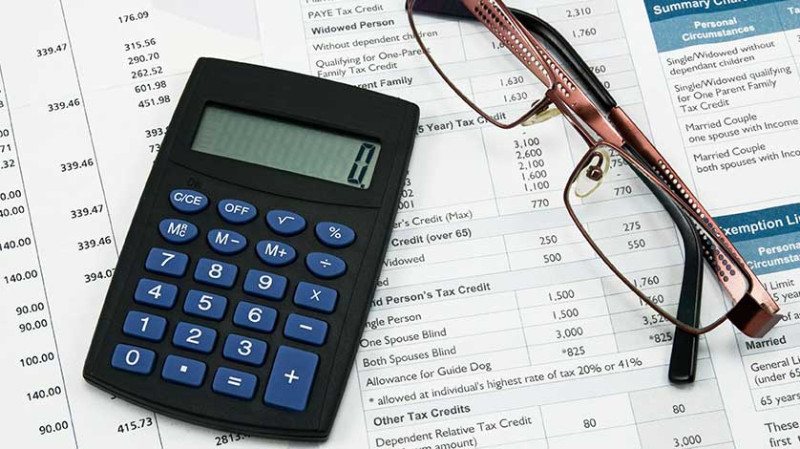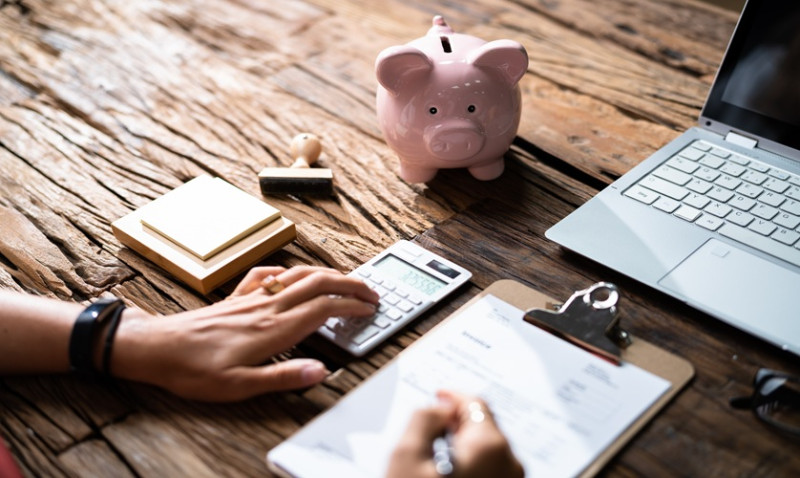
As a financial adviser, the most common question I get asked—besides “what should I do with my money?”—is “what do YOU do with yours?” It’s a fair question. After all, if I’m recommending strategies, assets, and approaches to help others grow their wealth, it’s only right to expect that I put my money where my mouth is. Here’s a breakdown of how I personally invest and the strategies that guide my financial decisions, tailored to help DIY enthusiasts, young professionals, designers, and tradespeople in the UK make smarter financial choices.
A Balanced Approach to Financial Freedom
Investing isn’t about chasing trends or taking wild risks. It’s about balance, discipline, and creating a portfolio that matches your lifestyle, risk tolerance, and long-term goals. I start by focusing on asset allocation. This is a fancy term for deciding how to divide investments across various types of assets like stocks, bonds, property, and cash. The right mix is crucial and varies based on how close you are to needing the money and how comfortable you are with market swings.
My own portfolio is diversified roughly as follows: 40% equities (stocks), 20% bonds and gilts, 20% real estate (direct and indirect exposure), and 10% in cash or cash equivalents. The remaining 10% is allocated to alternative investments, which I’ll discuss below.
Why do I take this approach? Because each asset class behaves differently. If property prices fall, stocks might rise. If inflation eats away at cash, real estate or gold could help hedge against it. That diversification is your best friend—it helps smooth out the bumpy ride of investing, especially over the long haul.
Thoughtful Stock Market Investments
Most professionals—especially younger investors like tradesmen saving for their first home or designers looking to build long-term financial independence—are often unsure about the stock market. But it's not as intimidating as it seems if approached correctly.
I don’t try to time the market. Instead, I invest in low-cost global index funds and ETFs, which means I’m putting money into thousands of companies around the world in one go. It’s simple, cost-efficient, and historically effective. About 70% of my stock allocation goes into funds tracking developed markets (like the FTSE 100 or S&P 500), and 30% into emerging markets for higher growth potential.
This “passive investing” method means I’m not constantly watching the markets or reacting to every news headline. I invest monthly, regardless of what’s going on, using a strategy called “pound cost averaging.” Over time, this helps smooth out price fluctuations and removes emotional decision-making from the equation.
For UK-based readers, platforms like Vanguard, AJ Bell, and Fidelity offer easy access to global index funds with low fees and minimal hassle. If you're doing your own home design or building business, it's important to choose investments that work quietly in the background while you focus on growing your core profession.
Investing in Property – Bricks and Mortar Still Matter
Real estate has always played a key role in UK wealth building, and it’s one of my favourite asset classes. I currently have both personal residential property and investments in buy-to-let. Property provides tangible value and a steady income stream. That’s something mutual funds or stocks can’t always offer.
However, I’m cautious. Changes to the Buy to Let tax rules, rising interest rates, and strict lending requirements mean you need to plan carefully. I always run the numbers based on net income (after all expenses including maintenance and void periods), not gross rent. I also ensure properties are in areas with strong tenant demand—near public transport, schools, or hospitals.
For those not ready to buy a second property, I recommend looking at Real Estate Investment Trusts (REITs). These allow you to invest in property without owning a building. You get exposure to commercial or residential developments and a dividend yield, all through the stock market.
Using ISAs and Pensions for Tax Efficiency
Tax efficiency is one of the most powerful tools UK investors have. I make full use of my £20,000 annual ISA allowance every year, focusing on Stocks & Shares ISAs to grow wealth free of Capital Gains and Income Tax. Whether you’re a decorator saving for your next van or an architect investing for retirement, this makes a huge difference over time.
I also maximise my pension contributions, particularly because of the 20%–45% tax relief depending on your income bracket. I use a SIPP (Self-Invested Personal Pension) for more control, investing in similar global fund portfolios as my ISA. The trade-off, of course, is access—you can’t withdraw funds until age 55 (rising to 57 in 2028).
Here’s a quick comparison of the benefits of each:
| Account Type | Key Benefits | Drawbacks |
|---|---|---|
| Stocks & Shares ISA | Tax-free growth and withdrawals | Limited to £20,000 per year |
| SIPP (Pension) | Tax relief on contributions, tax-free growth | Funds locked in until retirement age |
Even if you’re just starting out or running a small one-man trade business, putting aside even £100 a month into these wrappers can change your financial future significantly.
Alternative Investments – A Small Slice for Curiosity
About 10% of my portfolio is dedicated to what I call “Fun Money”—or alternatively, speculative investments. This includes areas like peer-to-peer lending, crowdfunding for UK start-ups, and even a small allocation to crypto assets like Bitcoin and Ethereum.
I don’t put large amounts here because this money is higher risk. But I see value in understanding these new technologies and markets. Being involved—even in a limited way—helps me stay informed, which is important in my line of work. If you’re interested, only invest what you can afford to lose and prioritise platforms that are FCA-regulated.
For business owners looking to raise funds, these platforms could also be a great opportunity to see how others invest in growth-oriented projects, including digital design companies or home improvement tech start-ups.
The Importance of Emergency Funds and Insurance
Before you invest a penny, make sure you've got an emergency cash buffer. I recommend at least 3 to 6 months of essential living costs set aside in an easy-access savings account. This protects you from dipping into long-term investments during tough times—say if a project gets delayed, or you can't work due to illness.
I also insure my income through critical illness and life insurance policies. If you’re self-employed, think about what would happen if you couldn’t work. These policies are often overlooked but are essential tools for protecting your financial plan.
Final Thoughts – Make Your Money Work for You
How I invest is shaped by years of experience, but the fundamentals are accessible to everyone—whether you're building a DIY studio, running a home design blog, or smoothing plaster in charming old British homes. It comes down to clear goals, diversified exposure, regular contributions, and using the UK’s generous tax allowances to your advantage.
If you’re unsure where to start, keep it simple: open a Stocks & Shares ISA, invest in a low-cost global tracker fund, and set up a monthly direct debit. Over time, it’s that quiet consistency—not get-rich-quick schemes—that leads to lasting wealth.
And remember, investing isn’t about copying what someone else does. It’s about building a plan that works for you. If you're looking for guidance, it’s worth speaking to a regulated adviser who can help tailor your investments to your personal goals—and your current lifestyle.






